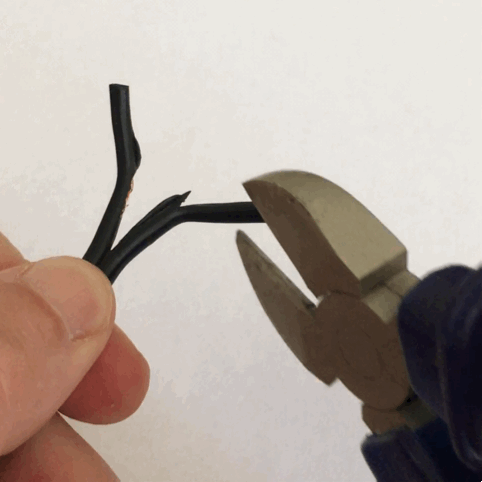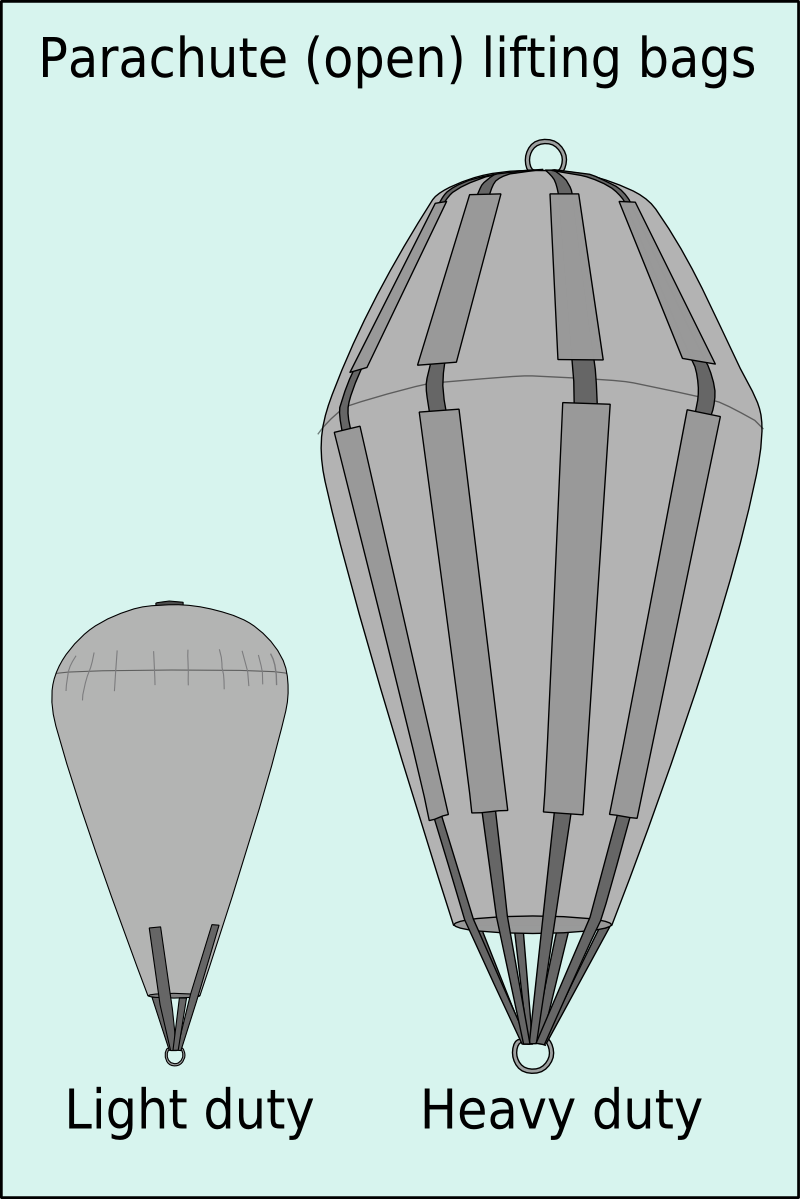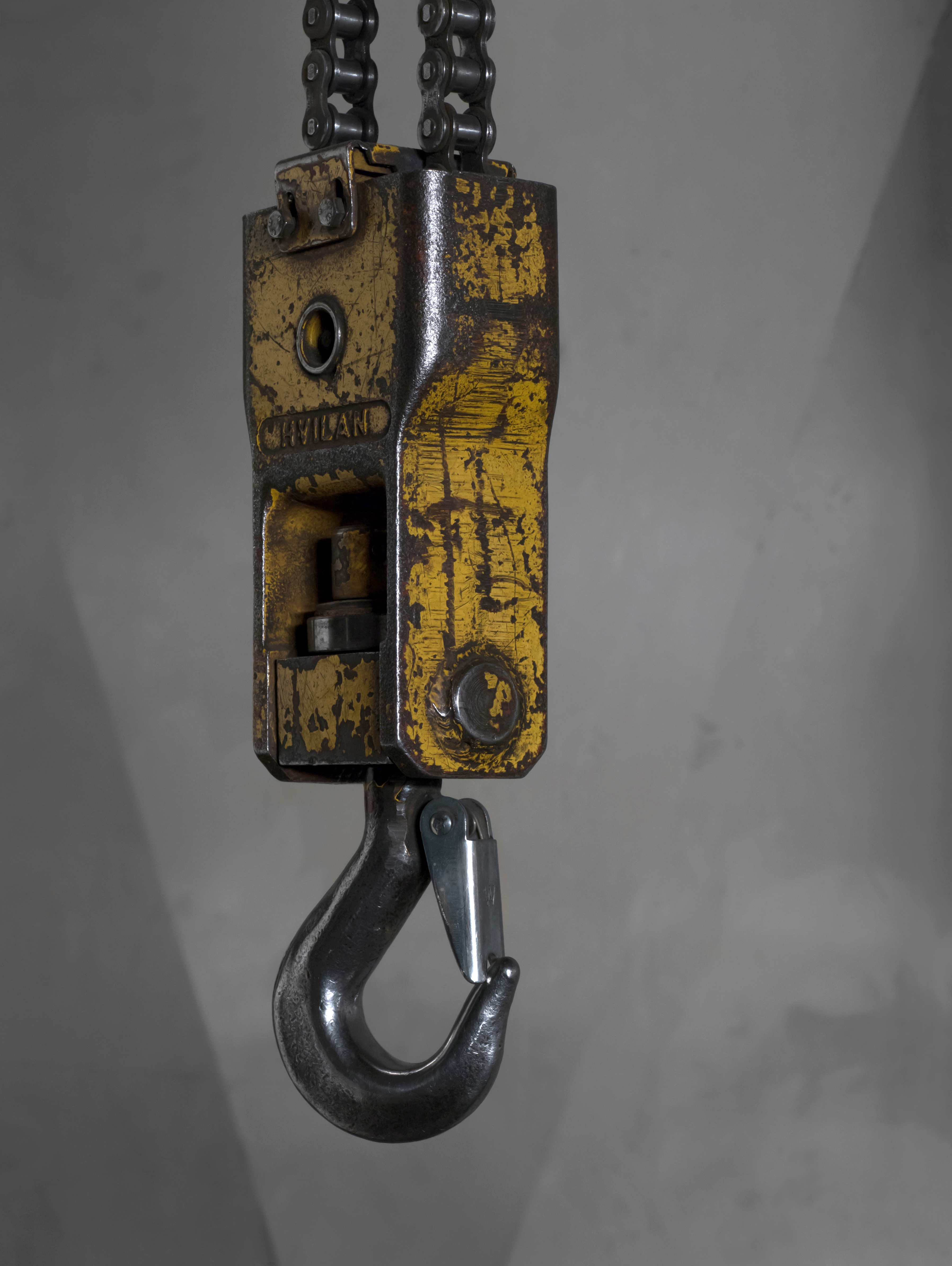|
Underwater Work
Underwater work is work done underwater, generally by divers during diving operations, but includes work done underwater by remotely operated vehicles and crewed submersibles. Skills commonly used by all professional diving occupations Underwater navigation *Pilotage involves navigation by naturally observable landmarks and phenomena, such as sunlight, water movement, bottom composition (for example, sand ripples run parallel to the direction of the wave front, which tends to run parallel to the shore), bottom contour and noise. Although natural navigation is taught on courses, developing the skills is generally more a matter of experience. *Compass navigation is a matter of training, practice and familiarity with the use of underwater compasses, combined with various techniques for reckoning distance underwater, including kick cycles (one complete upward and downward sweep of a kick), time, and occasionally by actual measurement, which may involve the length of umbilical deploye ... [...More Info...] [...Related Items...] OR: [Wikipedia] [Google] [Baidu] |
Underwater Diving
Underwater diving, as a human activity, is the practice of descending below the water's surface to interact with the environment. It is also often referred to as diving, an ambiguous term with several possible meanings, depending on context. Immersion in water and exposure to high ambient pressure have physiological effects that limit the depths and duration possible in ambient pressure diving. Humans are not physiologically and anatomically well-adapted to the environmental conditions of diving, and various equipment has been developed to extend the depth and duration of human dives, and allow different types of work to be done. In ambient pressure diving, the diver is directly exposed to the pressure of the surrounding water. The ambient pressure diver may dive on breath-hold (freediving) or use breathing apparatus for scuba diving or surface-supplied diving, and the saturation diving technique reduces the risk of decompression sickness (DCS) after long-duration deep dives ... [...More Info...] [...Related Items...] OR: [Wikipedia] [Google] [Baidu] |
Block And Tackle
A block and tackle or only tackle is a system of two or more pulleys with a rope or cable threaded between them, usually used to lift heavy loads. The pulleys are assembled to form blocks and then blocks are paired so that one is fixed and one moves with the load. The rope is threaded through the pulleys to provide mechanical advantage that amplifies the force applied to the rope. Hero of Alexandria described cranes formed from assemblies of pulleys in the first century. Illustrated versions of Hero's ''Mechanica'' (a book on raising heavy weights) show early block and tackle systems. Overview A block is a set of pulleys or sheaves mounted on a single frame. An assembly of blocks with a rope threaded through the pulleys is called tackle. The process of threading ropes or cables through blocks is called "reeving", and a threaded block and tackle is said to have been "rove". A block and tackle system amplifies the tension force in the rope to lift heavy loads. They are common ... [...More Info...] [...Related Items...] OR: [Wikipedia] [Google] [Baidu] |
Pliers
Pliers are a hand tool used to hold objects firmly, possibly developed from tongs used to handle hot metal in Bronze Age Europe. They are also useful for bending and physically compressing a wide range of materials. Generally, pliers consist of a pair of metal first-class levers joined at a fulcrum positioned closer to one end of the levers, creating short ''jaws'' on one side of the fulcrum, and longer handles on the other side. This arrangement creates a mechanical advantage, allowing the force of the grip strength to be amplified and focused on an object with precision. The jaws can also be used to manipulate objects too small or unwieldy to be manipulated with the fingers. Diagonal pliers, also called side cutters, are a similarly-shaped tool used for cutting rather than holding, having a pair of stout blades, similar to scissors except that the cutting surfaces meet parallel to each other rather than overlapping. Ordinary (holding/squeezing) pliers may incorporate a s ... [...More Info...] [...Related Items...] OR: [Wikipedia] [Google] [Baidu] |
Cold Chisel
Cold Chisel are an Australian pub rock band, which formed in Adelaide in 1973 by mainstay members Ian Moss on guitar and vocals, Steve Prestwich on drums and Don Walker on piano and keyboards. They were soon joined by Jimmy Barnes (at the time known as Jim Barnes) on lead vocals and, in 1975, Phil Small became their bass guitarist. The group disbanded in late 1983 but subsequently reformed several times. Musicologist Ian McFarlane wrote that they became "one of Australia's best-loved groups" as well as "one of the best live bands", fusing "a combination of rockabilly, hard rock and rough-house soul'n'blues that was defiantly Australian in outlook." Eight of their studio albums have reached the Australian top five, ''Breakfast at Sweethearts'' (February 1979), ''East'' (June 1980), '' Circus Animals'' (March 1982, No. 1), '' Twentieth Century'' (April 1984, No. 1), '' The Last Wave of Summer'' (October 1998, No. 1), '' No Plans'' (April 2012), '' The Per ... [...More Info...] [...Related Items...] OR: [Wikipedia] [Google] [Baidu] |
Hammer
A hammer is a tool, most often a hand tool, consisting of a weighted "head" fixed to a long handle that is swung to deliver an impact to a small area of an object. This can be, for example, to drive nails into wood, to shape metal (as with a forge), or to crush rock. Hammers are used for a wide range of driving, shaping, breaking and non-destructive striking applications. Traditional disciplines include carpentry, blacksmithing, warfare, and percussive musicianship (as with a gong). Hammering is use of a hammer in its strike capacity, as opposed to prying with a secondary claw or grappling with a secondary hook. Carpentry and blacksmithing hammers are generally wielded from a stationary stance against a stationary target as gripped and propelled with one arm, in a lengthy downward planar arc—downward to add kinetic energy to the impact—pivoting mainly around the shoulder and elbow, with a small but brisk wrist rotation shortly before impact; for extreme impact, c ... [...More Info...] [...Related Items...] OR: [Wikipedia] [Google] [Baidu] |
Hacksaw
A hacksaw is a fine-toothed saw, originally and mainly made for cutting metal. The equivalent saw for cutting wood is usually called a bow saw. Most hacksaws are hand saws with a C-shaped walking frame that holds a blade under tension. Such hacksaws have a handle, usually a pistol grip, with pins for attaching a narrow disposable blade. The frames may also be adjustable to accommodate blades of different sizes. A screw or other mechanism is used to put the thin blade under tension. On hacksaws, as with most frame saws, the blade can be mounted with the teeth facing toward or away from the handle, resulting in cutting action on either the push or pull stroke. In normal use, cutting vertically downwards with work held in a bench vise, hacksaw blades are set to be facing forwards. History While saws for cutting metal had been in use for many years, significant improvements in longevity and efficiency were made in the 1880s by Max Flower-Nash. George N. Clemson, a founder of ... [...More Info...] [...Related Items...] OR: [Wikipedia] [Google] [Baidu] |
Tirfor
A winch is a mechanical device that is used to pull in (wind up) or let out (wind out) or otherwise adjust the tension of a rope or wire rope (also called "cable" or "wire cable"). In its simplest form, it consists of a spool (or drum) attached to a hand crank. Traditionally, winches on ships accumulated wire or rope on the drum; those that do not accumulate, and instead pass on the wire/rope (see yacht photo above), are called capstans. Despite this, sailboat capstans are most often referred to as winches. Winches are the basis of such machines as tow trucks, steam shovels and elevators. More complex designs have gear assemblies and can be powered by electric, hydraulic, pneumatic or internal combustion drives. It might include a solenoid brake and/or a mechanical brake or ratchet and pawl which prevents it unwinding unless the pawl is retracted. The rope may be stored on the winch. When trimming a line on a sailboat, the crew member turns the winch handle with one hand, wh ... [...More Info...] [...Related Items...] OR: [Wikipedia] [Google] [Baidu] |
Chain Block
A hoist is a device used for lifting or lowering a load by means of a drum or lift-wheel around which rope or chain wraps. It may be manually operated, electrically or pneumatically driven and may use chain, fiber or wire rope as its lifting medium. The most familiar form is an elevator, the car of which is raised and lowered by a hoist mechanism. Most hoists couple to their loads using a lifting hook. Today, there are a few governing bodies for the North American overhead hoist industry which include the Hoist Manufactures Institute, ASME, and the Occupational Safety and Health Administration. HMI is a product counsel of the Material Handling Industry of America consisting of hoist manufacturers promoting safe use of their products. Types The word “hoist” is used to describe many different types of equipment that lift and lower loads. For example, many people use “hoist” to describe an elevator. The information contained here pertains specially to overhead, cons ... [...More Info...] [...Related Items...] OR: [Wikipedia] [Google] [Baidu] |
Lifting Bag
A lifting bag is an item of diving equipment consisting of a robust and air-tight bag with straps, which is used to lift heavy objects underwater by means of the bag's buoyancy. The heavy object can either be moved horizontally underwater by the diver or sent unaccompanied to the surface. Lift bag appropriate capacity should match the task at hand. If the lift bag is grossly oversized a runaway or otherwise out of control ascent may result. Commercially available lifting bags may incorporate dump valves to allow the operator to control the buoyancy during ascent, but this is a hazardous operation with high risk of entanglement in an uncontrolled lift or sinking. If a single bag is insufficient, multiple bags may be used, and should be distributed to suit the load. There are also lifting bags used on land as short lift jacks for lifting cars or heavy loads or lifting bags which are used in machines as a type of pneumatic actuator which provides load over a large area. These lifti ... [...More Info...] [...Related Items...] OR: [Wikipedia] [Google] [Baidu] |
Shackle
A shackle (or shacklebolt), also known as a gyve, is a U-shaped piece of metal secured with a clevis pin or bolt across the opening, or a hinged metal loop secured with a quick-release locking pin mechanism. The term also applies to handcuffs and other similarly conceived restraint devices that function in a similar manner. Shackles are the primary connecting link in all manner of rigging systems, from boats and ships to industrial crane rigging, as they allow different rigging subsets to be connected or disconnected quickly. A shackle is also the similarly shaped piece of metal used with a locking mechanism in padlocks. A carabiner is a type of shackle used in mountaineering. Types Bow shackle With a larger "O" shape to the loop, this shackle can take loads from many directions without developing as much side load. However, the larger shape to the loop does reduce its overall strength. Also referred to as an anchor shackle. D-shackle Also known as a chain shackle, D-sh ... [...More Info...] [...Related Items...] OR: [Wikipedia] [Google] [Baidu] |
Lifting Hook
A lifting hook is a device for grabbing and lifting loads by means of a device such as a hoist or crane. A lifting hook is usually equipped with a safety latch to prevent the disengagement of the lifting wire rope sling, chain or rope to which the load is attached. A hook may have one or more built-in pulley sheaves as a block and tackle to multiply the lifting force. See also * * * * * References * American Society of Mechanical Engineers The American Society of Mechanical Engineers (ASME) is an American professional association that, in its own words, "promotes the art, science, and practice of multidisciplinary engineering and allied sciences around the globe" via "continuing ...: ASME B30.10 "Hooks" (2014). Lifting equipment {{material-stub ... [...More Info...] [...Related Items...] OR: [Wikipedia] [Google] [Baidu] |
Spreader (lifting)
A spreader is a device used for lifting containers and unitized cargo. The spreader is placed between the container and the lifting machine. The spreader used for containers has a locking mechanism at each corner that attaches to the four corners of the container. A spreader can be used on a container crane, a straddle carrier and with any other machinery to lift containers. Spreader operation can be manual, semiautomatic or fully automatic. See also * Containerization *Intermodal container An intermodal container, often called a shipping container, is a large standardized shipping container, designed and built for intermodal freight transport, meaning these containers can be used across different Mode of transport, modes of trans ... External linksEarls IndustriesQuality Spreaders, Attachments, Fabricated Forks, & Related EquipmentGreenfield ProductsAutomatic and manual container spreadersContainer SpreadersHandling equipment for all types containers Port infrastructure ... [...More Info...] [...Related Items...] OR: [Wikipedia] [Google] [Baidu] |










